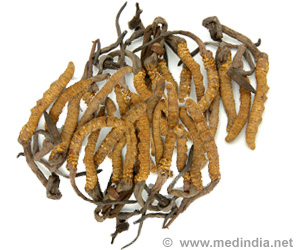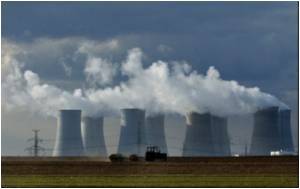Rice University scientists traced the uptake and accumulation of quantum dot nanoparticles from water to plant roots, plant leaves and leaf-eating caterpillars.

"With industrial use of nanoparticles on the rise, there are increasing questions about how they move through the environment and whether they may accumulate in high levels in plants and animals that people eat," said study co-author Janet Braam, professor and chair of the Department of BioSciences at Rice.
Braam and colleagues studied the uptake of fluorescent quantum dots by Arabidopsis thaliana, an oft-studied plant species that is a relative of mustard, broccoli and kale. In particular, the team looked at how various surface coatings affected how quantum dots moved from roots to leaves as well as how the particles accumulated in leaves. The team also studied how quantum dots behaved when caterpillars called cabbage loopers (Trichoplusia ni) fed upon plant leaves containing quantum dots.
"The impact of nanoparticle uptake on plants themselves and on the herbivores that feed upon them is an open question," said study first author Yeonjong Koo, a postdoctoral research associate in Braam's lab. "Very little work has been done in this area, especially in terrestrial plants, which are the cornerstone of human food webs."
Some toxins, like mercury and DDT, tend to accumulate in higher concentrations as they move up the food chain from plants to animals. It is unknown whether nanoparticles may also be subject to this process, known as biomagnification.
While there are hundreds of types of nanoparticles in use, Koo chose to study quantum dots, submicroscopic bits of semiconductors that glow brightly under ultraviolet light. The fluorescent particles -- which contained cadmium, selenium, zinc and sulfur -- could easily be measured and imaged in the tests. In addition, the team treated the surface of the quantum dots with three different polymer coatings -- one positively charged, one negatively charged and one neutral.
 MEDINDIA
MEDINDIA




 Email
Email




